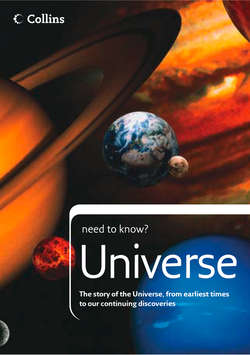Читать книгу Universe: The story of the Universe, from earliest times to our continuing discoveries - Peter Grego - Страница 60
Copernican revolution
ОглавлениеHeliocentric (Sun-centred) theories can actually be traced back to ancient Greece, to philosophers Pythagoras, Philolaus and Aristarchus. However, in 1514 Copernicus was bold enough to produce a small handwritten pamphlet (but canny enough not to put his name to it) which challenged the very fundamentals of Ptolemy’s geocentric (Earth-centred) view of the Universe. Copernicus stated that the stars are at an immense distance, compared to the distance from the Earth to the Sun. He was convinced that the Sun, not the Earth lay near the centre of the Universe, and that the apparent daily rotation of the heavens is caused by the Earth’s rotation. Copernicus went on to explain that the apparent annual circuit of the Sun around the ecliptic is caused by the Earth revolving around the Sun, and the apparent retrograde motion of the planets is caused by the motion of the Earth along an orbit inside that of the outer planets.
His explanation of the phenomenon of retrograde motion, and dispensing with the need to introduce epicyclic planetary motions, is perhaps the most insightful and original of Copernicus’ theories. Copernicus later laid out his potentially heretical heliocentric views of the Universe in his book On the Revolutions of the Heavenly Bodies, one of the first copies of which was given to him as he lay dying in 1543.
Placing the Sun at the centre of the Solar System, Copernicus’ heliocentric theory saw the Earth as one of six orbiting planets.
